For his design college graduation exhibition back in 1998, Alexander Lervik at the tender age of 26 had unknowingly hit on what was to become his winning concept. With his exhibition 10 stools 10 decades he had combined concept design, unlikely partnerships and innovations in what turned out to be his way in to the industry. This three-way design approach is defining for Alexander Lervik’s almost 20-year career as one of Sweden’s leading designers, whose quest for innovation speaks louder than the passion for creating beautiful objects. “I rarely get hung up on the details or art-for-art’s sake. What fires me is the desire to create a product based on a novel concept or invention. I see this as my forte, though some might see it as a failing in a designer”, says Alexander. “Everyday life inspires me. Sometimes I want to share trivial observations. Other times the topics seem more existential. But mostly, the simple, small and everyday matters the most.” Worapong Manupipatpong and Ada Chirakranont are Atelier 2+, a Bangkok-based design studio. The duo studied at KMITL in Bangkok and at Konstfack in Stockholm and their designs show that Scandinavian Design is a concept that is not limited by nationality. In their work they seek to erase the boundaries between architecture and furniture, art and design. Harald Hermanrud received the Formland Design Award 2017 and Monocle Magazine’s Best in Class 2019 after having premiered his shelving system in 2016. His light yet sturdy modular shelving system won its popularity as a furniture piece for modern living spaces that could be positioned as a backdrop as well as a centerpiece in itself. With a degree from the Royal Danish Academy of Fine Arts’ Design School, Harald Hermanrud decided to add studies for cabinetmaker to his curriculum. While approaching design as a problem solver, he combines the principles embedded in Danish design tradition with his own senses for materiality and craftsmanship. ‘Shelving systems are often difficult to change, Frame on the contrary is very easy to reconfigure: the design lets one move the shelves around on different levels without any tools. Do create your personal look: frame minor objects or let major ones shoot out through the construction, whatever you fancy.’ After having managed production and orders all by himself, Frame now reaches a larger audience through Design House Stockholm. Although quite Danish and Scandinavian, since Frame is made all in wood with a focus on the joinery, there is also a twist ’By exposing the brass nuts you add a glossy shiny detail that show off the construction in order to see and understand how it is actually made and assembled. I think that honesty make people relate to the design, something I think is very essential and characteristic in my design language. No unnecessary thing, just the works.’ Isa Andersson treads the fine line between art and design with objects that challenge the status quo. Knives with fluffy almost hairy handles, glass with spikes, starkly colored rope ladders with glass steps. There is a strong sculptural presence in many of her works that are investigate and engage with contemporary power structures, status symbols, and survival aesthetics. She challenges common conventions of beauty, aggression, and identity in objects that invite debate. After having graduated from Beckmans School of Design 2016, she enrolled at Konstfack, the Stockholm University of Arts, Crafts and Design, for her master’s degree. Here she created Hydraulic, a vase and sculpture formed by shaping a stainless-metal tube with the help of a a hydraulic press. Hydraulic was presented 2018 and is made in one material with any welding, once more a fusing of soft malleable and roughly hard. She has shown her tactile hand-on design in both solo and group exhibitions, not the least with Misschiefs in both Stockholm and Milan, and at Tokyo Design/Art Festival. The duo responsible for the Wick Chair are designers with roots in the province of Småland where so much of the skills and expertise of the Swedish furniture industry have developed. Both Karl Malmvall and Jesper Ståhl come from families that have manufactured furniture, with parents and grandparents who started successful companies that they have developed and refined. In Karl’s case there was a tradition of fine cabinetmaking while Jesper’s ancestors redirected a metal manufactory to become a successful pioneer in the field of public-sector furnishing. Their lengthy experience of designing furniture and other products both for the home and for the public sector has given the duo a detailed understanding of the criteria for a modular shell chair. Jessika Källeskog is very much a hands-on designer, sculpting forms, working in close harmony with her material. She spent a decade studying and working in Italy and this has had a formative influence on her understanding of design. It was in Italy that she developed her interest in sculpture and craftwork, as well as her fascination with the tactile qualities of objects: their materiality, and the encounters between contrasting forms that subtle details can give rise to. Today Jessika runs ‘Contour’, her own design studio in Stockholm specializing in product design and interior architecture. Johan Larsvall has pursued a distinguished career as a designer. He founded Idesign 1997 which under his leadership has made every kind of design from furniture to sailing boats to electronics to graphic design to the interiors of entire public transport systems. The work with Arlanda Express, the train connecting Stockholm city with Arlanda Airport, was praised with a Red Dot Design Award 2011. Any kind of project will challenge Johan Larsvall, and naturally also the reinvention of the classical kerosene lamp, which hasn't changed a lot since its inception in the mid-19th century. He has brought his skill as an industrial designer to the reinterpretation of a classic that in its new light has acquired an abstract form inspired by an industrial aesthetic. 'I'm raised with kerosene lamps in the countryside, they have a soul of their own with a friendly glow' says Johan Larsvall. 'Fyr Kerosene Lamp was a dream to draw using basic geometrical form elements' Jonas Wagell is a Swedish architect and designer based in Stockholm. "My design is focused on functional items rather than artistic objects. I appreciate products that can be used everyday and be a part of people's lives. I believe affection and emotion is more important than exclusivity and expensive materials. My aim is to create simplistic objects that are easy to understand and use, but try to add something personal and expressive. I like to call this philosophy a 'generous minimalism'. Great design is not made by expensive materials per se, but rather a combination of functionality and affection. It has to withstand the wear and tear of eye and time." It was certainly no accident that Karl Malmvall became a furniture designer. He more or less grew up in Karl Andersson & Sons’ furniture factory in Huskvarna, a firm started by his grandfather and for which his own father designed furniture. After studying at the Carl Malmsten school in Stockholm and the Aarhus architectural college in Denmark, Karl was discovered by Gillis Lundgren who was one of Ivar Kamprad’s closest collaborators. This resulted in two decades of working at IKEA, initially at the furniture giant’s design office in Switzerland and thereafter in Jakarta, Indonesia. The years that he spent at IKEA stimulated an interest in the practical details of design that few designers devote much attention to: creating a product that not only works well but that is also well adapted to manufacture and distribution. Over the years Karl has acquired a notable collection of such items and it was the prototype of a folding chair that he presented when he first met with Design House Stockholm’s founder and managing director Anders Färdig. Kristina Stark is an independent industrial designer with clients like Höganäs Keramik, Boda Nova, Gense, and Design House Stockholm. In 2008 she founded and established her own company ‘Design: Kristina Stark’, designing and producing kitchenware and tabletop products under her own label. Lisa Hilland creates contemporary design with a poetic twist, combining modern high-tech production techniques with artisan quality craftsmanship. After graduating from Central St Martin's College of Art and Design, she worked ten years as a designer in London before setting up her own studio in Sweden in 2005. “As a designer I have a great love of materials and how they influence how we perceive an object. I am constantly experimenting with the qualities of materials, making use of them in new combinations. Excellent design triggers our emotions and according to me, materials have a great part to play while designing - or as I call it - giving an object a soul that can be loved.” “The starting point for a project can be solving a challenge of practical or emotional nature, or simply exploring a technique of manufacture or crafts that fascinates me. I aim to create items that are sensitive to human emotions and needs and I always push my clients to consider the environment as far as they possibly can. Therefore I am deeply involved in every project, you often find me on the factory floor looking for more beautiful, eco-friendlier and smarter solutions. The creative process itself is another inspiration and the state of mind I'm in when working. Each project has its own unique progress, as important to me as the finished result. Enjoying the process and exploring new areas of knowledge, I believe is the key to all good design!” Matti Klenell’s design style is easily recognisable by its powerful ex- pression, where a decorative harmony is created through balancing bold volumes. With his glass art heritage, it’s no surprise that Matti Klenell feels powerfully drawn to the arts and crafts. Matti Klenell was born in Gothenburg in 1972. He graduated with an MFA from the University of Arts, Crafts and Design in Stockholm in 1999. After graduating, he set up his own design studio and today works with international design commissions. In addition to working with projects for serial production, Matti Klenell also develops and produces unique objects as limited editions, mostly in glass. His work can be found at Statens konstmuseer, Nationalmuseum, The Röhsska Museum, Museum of Design and Applied Arts, Gardabaer in Iceland, and Designmuseum Danmark, among others. Matti also had several solo exhibitions and has received several prizes and awards. By helping her grandfather who was a signmaker in Iceland, Ragnheiður Ösp Sigurðardóttir was inspired to work creatively at an early age. “There was always this strong sense of DIY and making things happen. This way of thinking inspired me to open my mind and see that it is possible to create anything.” After studies at the Iceland Academy of Arts and Cranbrook Academy of Arts, Ragnheiður opened her own studio in Reykjavik. The Knot cushion was born in 2011, while she was making bear figures made of crocheted tubes. “I wanted to try tying the tubes into knots and seeing the outcome. I found the idea of a big, soft knot intriguing in a fun kind of pop-arty way. I also like that when you take a first look at the cushion you might not really know what it is, and perhaps that is what draws you closer.” Although with a background as biologist and editor of nature and leisure books at the media company Politiken, Søren Niedziella is triggered by design challenges. ’I get obsessed with design: things that are not on the market, or things that can be made better.’ Søren Niedziella has just embarked on his design career, and Me To You is his first design project. It replaces the usual plastic candle holder with one with one that offer heart-shaped rose petals made in gold- and nickel-plated brass. ‘Why not make an ever-lasting design instead of a single-use one that let the wax drip on your cake? That is hardly apt for a 80-year celebration or any birthday. I hope Me To You will be available in many different flower shapes, and even a celebratory Champagne Coupe. Wouldn’t it be nice for kids to choose their favorite flower, or create a whole meadow of flowers?’ Søren Niedziella has a keen interest in metalware and has been collaborating with Sweden’s premier bladesmith to produce swords, among other things, for the movie Arn: The Knight Templar. DesignerProducts
Alexander Lervik

Anna Kraitz

Anna Kraitz is one of Sweden’s leading contemporary designers, with clients such as Källemo, Svenskt Tenn, and Almedahls. She also runs her own label. Anna trained in Hungary and at the Pernby School of Painting. She graduated from Beckmans College of Design in 1999 and has since worked as a furniture and product designer. Anna has received numerous awards including the prestigious Bruno Mathsson prize in 2008, and Swedish Plaza Magazine’s ”Designer of the Year”-award.
Astrid Lindgren

Atelier 2+

Axel Bjurström

Broberg & Ridderstråle

Carina Ahlburg

Carina Seth Andersson

Carina works on commissions from a wide range of Scandinavian and international design producers, as well as in her studio in Gustavsberg, an area famous for its porcelain production in the Stockholm archipelago. With an MFA from Konstfack, Carina lectures at Beckmans College of Design and at various design courses throughout Sweden. Her work has been exhibited in galleries and museums around the world. Her pieces are also part of the permanent collections at the Victoria and Albert Museum in London, the Stedelijk Museum in Amsterdam and Designmuseum Danmark in Copenhagen. View all products→
Caroline Wetterling

Catharina Kippel
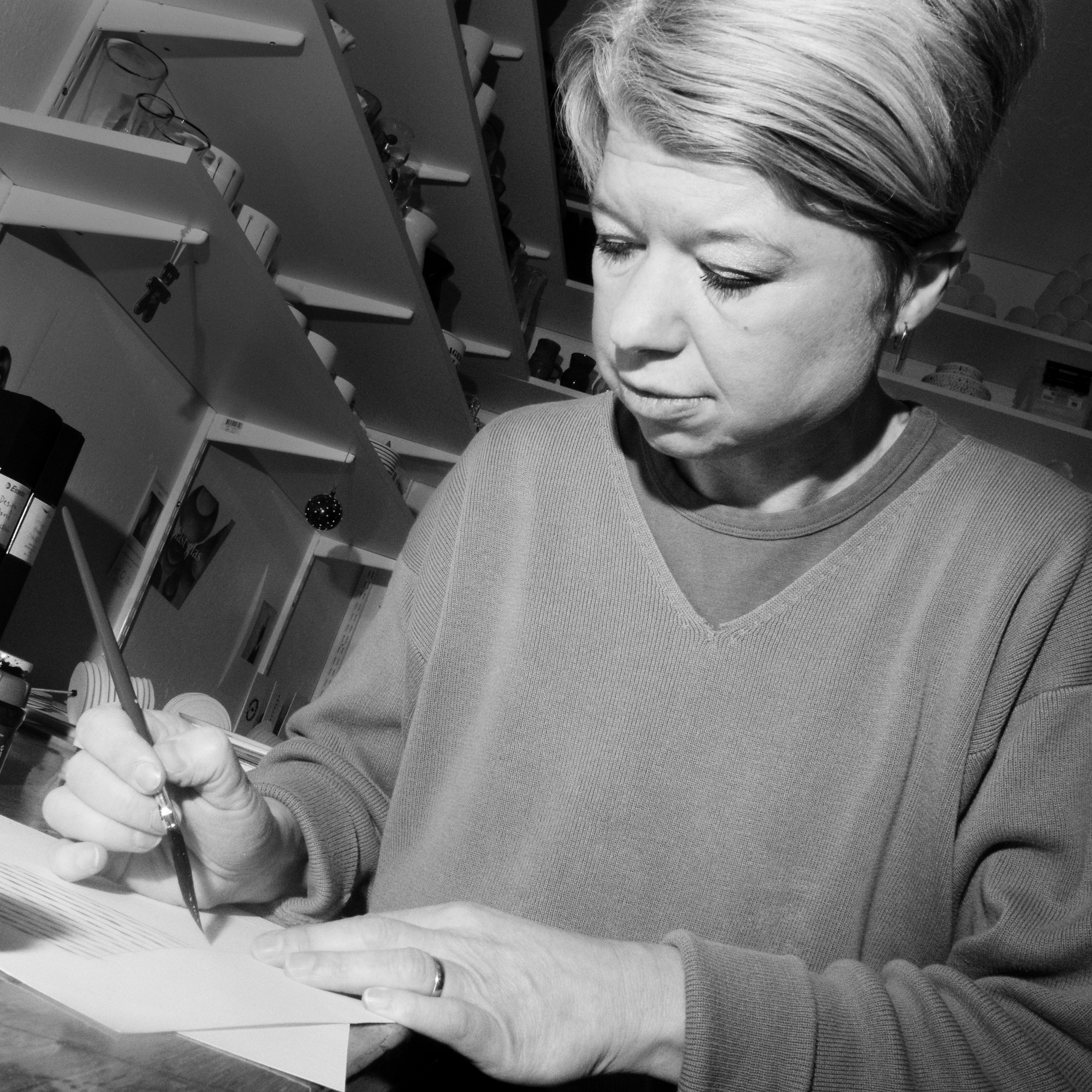
Chuck Mack

Claesson Koivisto Rune

When asked about their design philosophy the trio answers that their work is not limited by any defined regulations, but that their only focus is to develop, to improve and never to repeat themselves. They try to engage in any exciting projects that turn up, and architecture and design are equally important to them. View all products→
Dögg Guðmundsdóttir

Eva Schildt

Form Us With Love
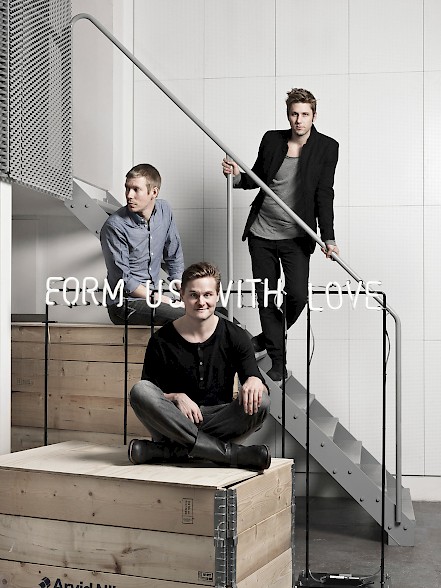
Gunilla Allard

Gustav Hallén

Harald Hermanrud

Harri Koskinen

From lighting, furniture, watches, loudspeakers, textiles, packaging for Finlandia, art glass to architecture – it’s hard to find a designer with a broader range of work. But we are proud to say the Block Lamp is probably still the one piece Harri is best known for.
Harri has received numerous awards, including the Compasso d’Oro, also known as ’the Nobel Prize of the design industry’. In 2009 Harri received the Torsten and Wanja Söderberg Award, one of the world’s largest design awards. The jury noted that despite his young age, Harri is probably Finland’s most renowned designer whose design is a perfect combination of tradition and renewal. View all products→
Helena Sellergren

Isa Andersson

Jan Klingler
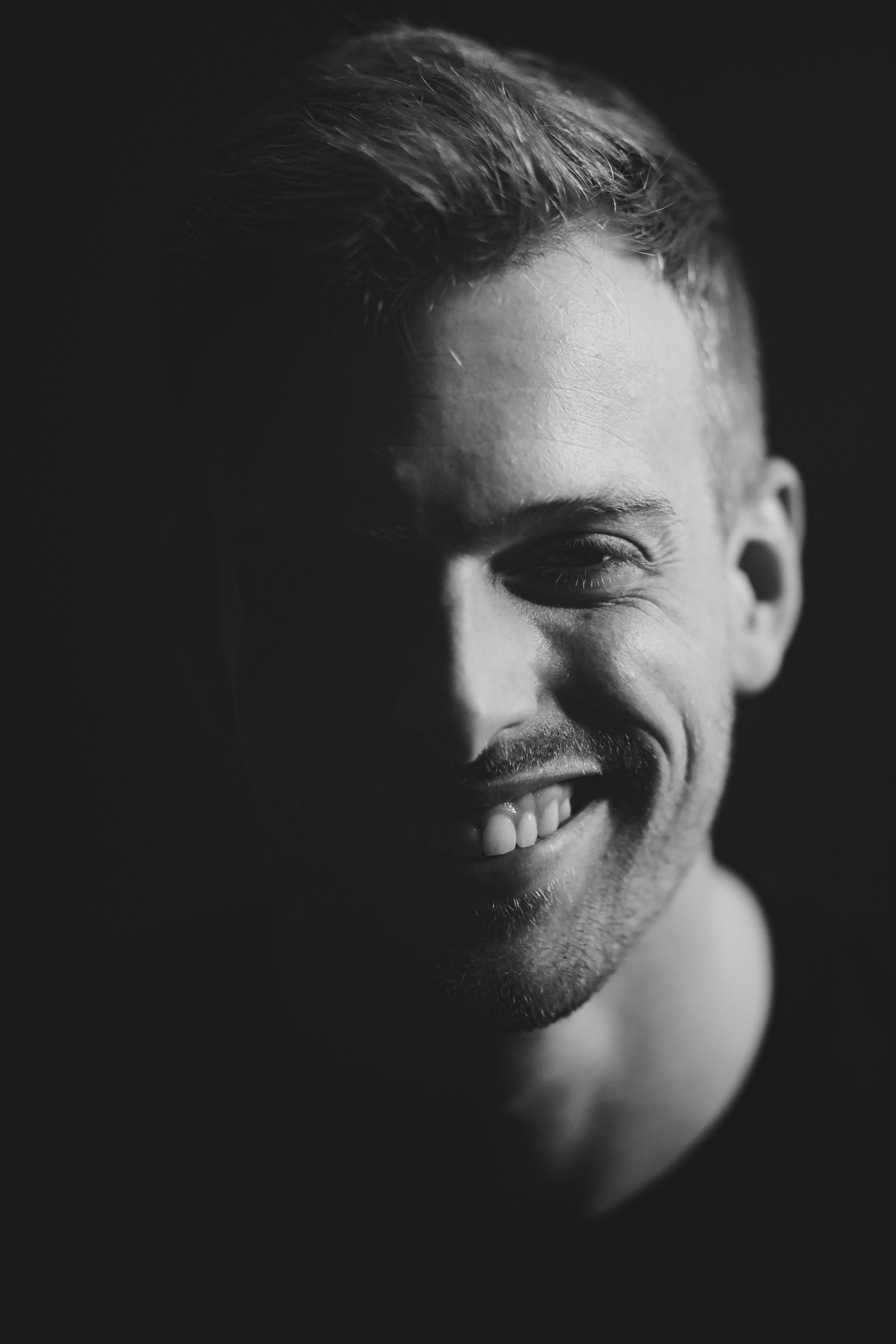
Jesper Ståhl
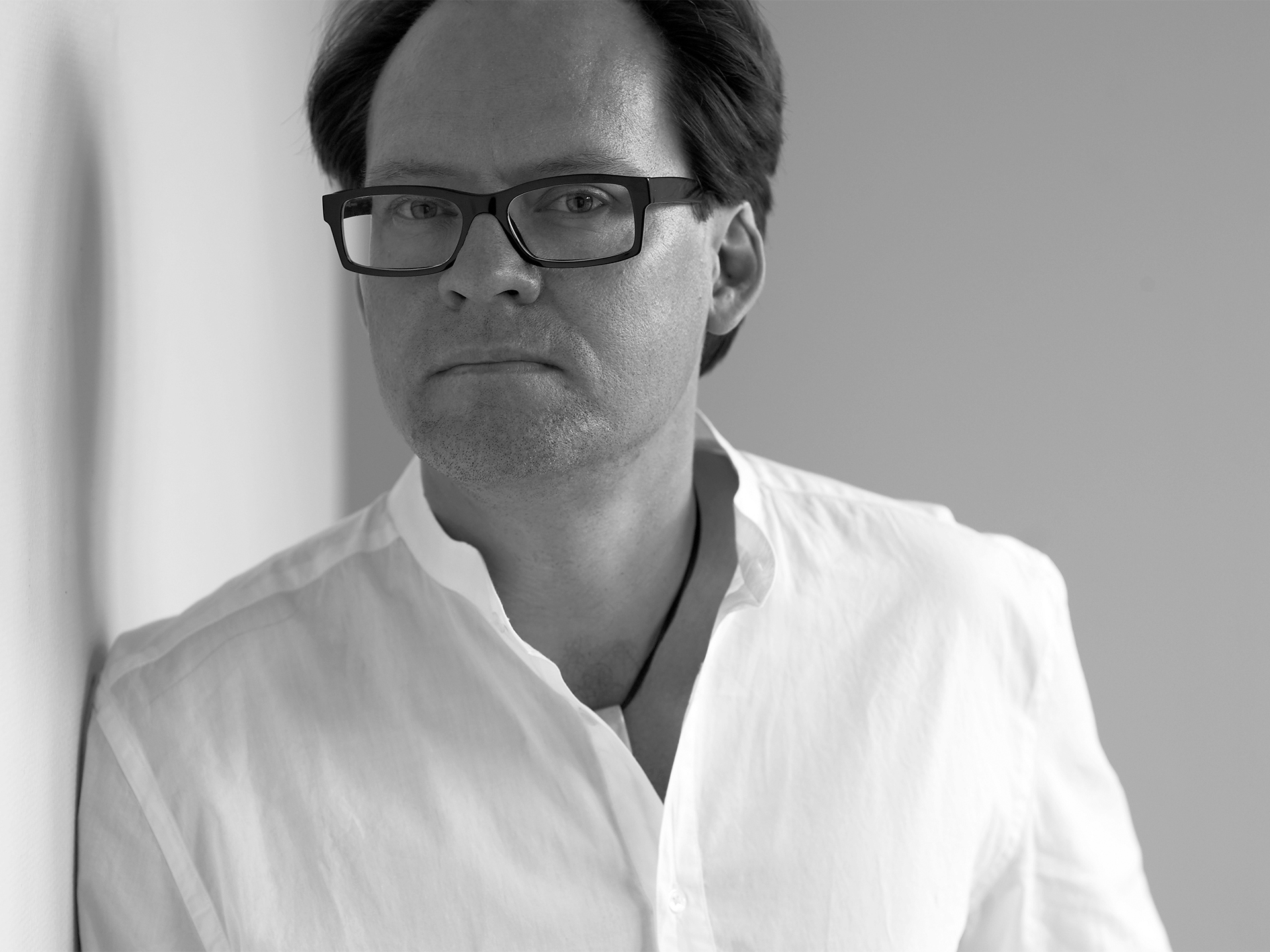
Jesper Ståhl & Karl Malmwall

Jessika Källeskog

Johan Larsvall

Jonas Grundell

Jonas Wagell

Karl Malmvall

Kristina Stark

“I am constantly searching for the simplicity. To find the essence. To find the heart of the object. How many times have I endeavored to find the optimal form without any unnecessary lines and decorative elements? Eliminating what can be dispensed with — that is the challenge. It is so much easier to add something than to take it away. The big value of the small details. Simplicity is a difficult goal.”
Lena Bergström

Lina Nordqvist

Lisa Hilland
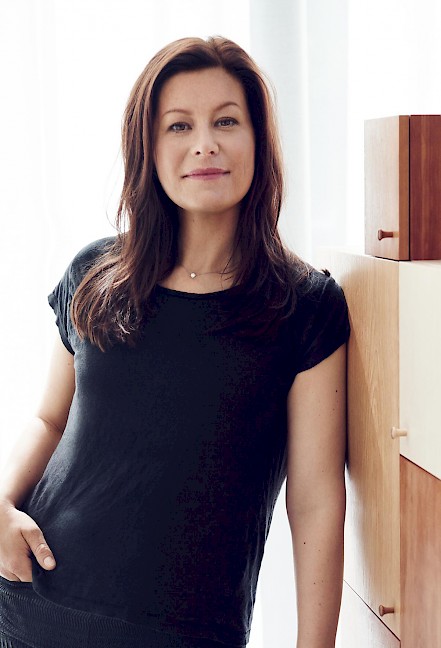
Lisa Larson
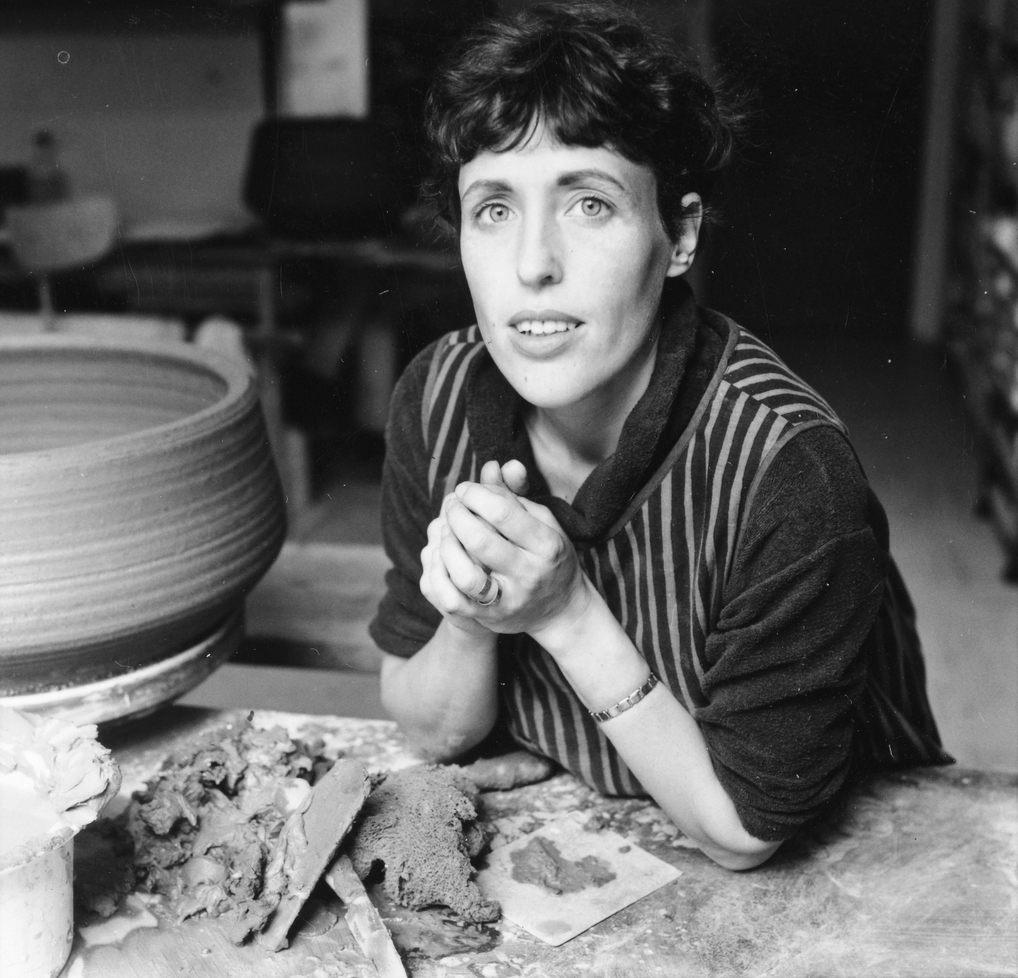
Magnus Löfgren

Marianne Abelsson

Marie-Louise Gustafsson

Mathieu Gustafsson

His creative process often starts with a defined need, a behavior or a technique, with an ambition to find a new angle for the producer he works for. Professionally, Mathieu has a background in graphic design, cabinet making and furniture design.
Specialized in furniture for the contract market Mathieu started and managed the design studio at Tengbom - one of the leading architect firms in Sweden. Today he runs his own studio in Stockholm with projects ranging from design objects to contract furniture to new sustainable materials for the production industry.
www.mathieu.se View all products→
Matti Klenell

Mattias Stenberg

Nanni Holén

Nina Jobs

Ragnheiður Ösp Sigurðardóttir

Relief Group

Sara Szyber

Stig Ahlström

Studio Dejawu

Søren Niedziella
Takafumi Nemoto

Tatu Laakso

Timo Sarpaneva
